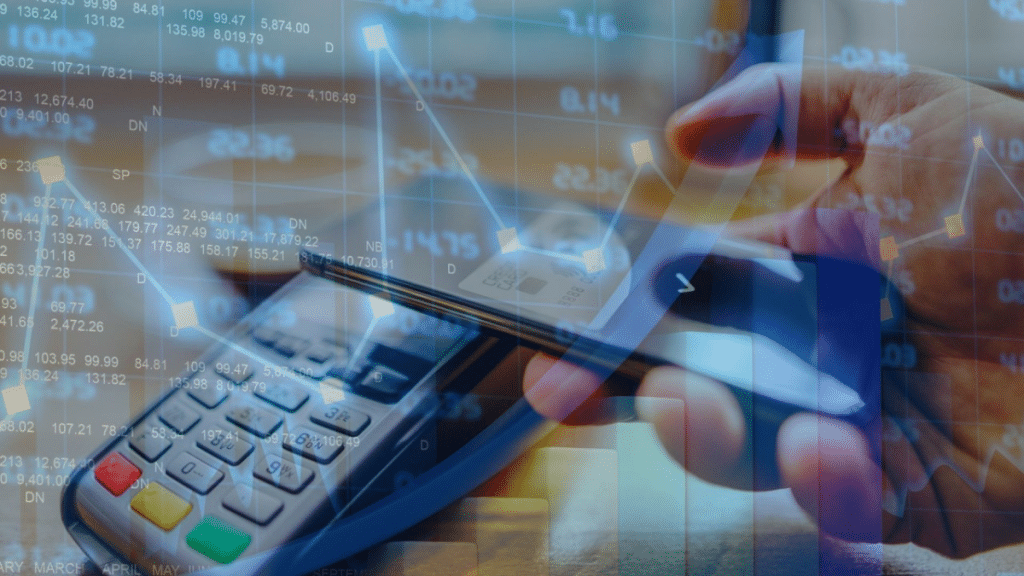In today’s rapidly evolving digital economy, businesses face unprecedented challenges in payment technology. As consumers demand seamless, secure, and instant payment experiences, traditional 支付系统 can no longer meet the complex needs of modern commerce. This article provides an in-depth analysis of current payment market pain points and explores how innovative technological solutions are reshaping this critical industry.
Core Challenges in the Digital Payment Market
1. Cross-Border Payment Complexity
Modern businesses increasingly participate in global trade, yet cross-border payments still face numerous obstacles. Traditional banking systems require 3-5 business days for processing, with high transaction fees (typically 3-7% of transaction value) severely impacting business profitability. Additionally, currency volatility and complex compliance requirements further exacerbate these challenges.
2. Security and Fraud Prevention
With the surge in digital payment transaction volumes, cybersecurity threats continue to evolve. Statistics show that global losses from payment fraud exceed $28 billion annually. Businesses must balance providing convenient user experiences with ensuring transaction security, creating both technical and commercial challenges.
3. Multi-Channel Payment Integration
Modern consumers expect consistent payment experiences across all devices and platforms. However, integrating mobile payments, online payments, POS systems, and emerging cryptocurrency payment methods requires complex technical architecture and substantial development resources.
4. Compliance Requirements
Financial regulatory requirements vary across different regions, from Europe’s PSD2 directive to localized compliance standards across Asian countries. Businesses must navigate increasingly complex regulatory environments, not only increasing operational costs but also extending market entry timelines.
The Rise of Innovative Technology Solutions
AI-Driven Risk Management
Modern payment technology companies are leveraging machine learning algorithms for real-time risk assessment. These systems can analyze hundreds of data points within milliseconds, including transaction patterns, device fingerprints, and geographic information, significantly reducing fraud rates while minimizing false positives on legitimate transactions.
Blockchain Technology Applications
Distributed ledger technology is transforming the cross-border payments landscape. By eliminating intermediary banks, blockchain payments can reduce settlement times from days to minutes while significantly lowering transaction costs. Smart contract applications further automate complex payment processes.
Cloud-Native Architecture
Modern payment platforms employ microservices architecture and containerization technology, achieving unprecedented scalability and flexibility. This architecture allows businesses to rapidly adjust payment functionality according to business needs while ensuring 99.99% system availability.
TataPay Tech: Redefining Payment Technology Standards
Addressing these market challenges, TataPay Tech demonstrates how innovative technology can effectively solve industry pain points. As a next-generation payment technology provider, the company focuses on building intelligent, secure, and scalable payment solutions.
Unified Payment Orchestration Platform
TataPay Tech’s core advantage lies in its unified payment orchestration platform, which integrates over 200 global 支付通道, supporting 150+ currencies and various payment methods. This integrated solution significantly simplifies enterprise technical integration work, reducing development cycles from months to weeks.
Intelligent Routing and Optimization
The company’s AI-driven payment routing system can analyze factors such as success rates, costs, and processing times in real-time, automatically selecting optimal payment channels. This not only improves transaction success rates (average increase of 15-25%) but also significantly reduces payment costs.
Global Compliance Management
Through close collaboration with regulatory authorities worldwide, TataPay Tech has established a comprehensive compliance management system. The platform automatically handles regulatory requirements across different regions, including KYC/AML checks, tax reporting, and anti-money laundering monitoring, allowing businesses to focus on core business development.
Developer-Friendly APIs
The company provides RESTful APIs and SDKs supporting multiple programming languages, enabling developers to quickly integrate payment functionality. Comprehensive documentation, sandbox environments, and 24/7 technical support ensure smooth development experiences.
Future Trends in Payment Technology
1. Embedded Financial Services
Payment functionality will increasingly be embedded within non-financial applications, from e-commerce platforms to social media, with payments becoming a seamless component of user experience.
2. Biometric Authentication
Biometric technologies such as fingerprint, facial recognition, and voiceprint identification will further enhance payment security while simplifying user authentication processes.
3. Real-Time Payment Networks
Instant payments will become standard rather than an additional feature. Global real-time payment networks will enable true 24/7 instant fund transfers.
4. Sustainable Payments
Growing environmental awareness will drive the development of green payment technologies, including low-energy blockchain solutions and digitization alternatives to traditional banking processes.
Industry Best Practices and Recommendations
For Business Decision Makers
- Prioritize Security: Choose payment providers with strong security certifications and compliance credentials
- Focus on User Experience: Ensure payment processes are simple and intuitive to reduce user churn
- Plan for Global Expansion: Select solutions supporting multiple regions and currencies
- Data-Driven Decisions: Leverage payment analytics data to optimize business strategies
For Technical Teams
- API-First Design: Choose payment platforms providing comprehensive APIs to ensure system scalability
- Monitoring and Analytics: Establish comprehensive payment monitoring systems to identify and resolve issues promptly
- Testing and Validation: Conduct thorough testing before production environments, including stress testing and security testing
- Continuous Optimization: Regularly evaluate payment performance to optimize conversion rates and user experience
Conclusion
The rapid development of digital payment technology presents tremendous opportunities for businesses while also bringing complex challenges. Successful enterprises need to choose technology partners capable of providing comprehensive solutions, not just single payment tools. By adopting advanced payment technology and best practices, businesses can significantly improve customer experience, reduce operational costs, and accelerate global business expansion.
As technology continues to advance and consumer demands evolve, the payments industry will continue to develop rapidly. Those enterprises that can adapt to changes in a timely manner and adopt innovative solutions will maintain competitive advantages in intense market competition. Choosing the right payment technology partner is not only a technical decision but also a strategic investment that will directly impact long-term business success and market position.
